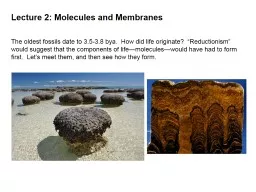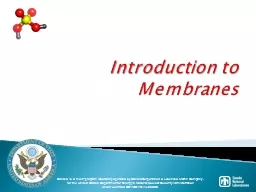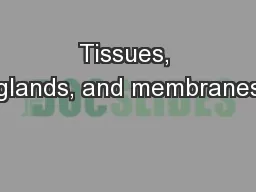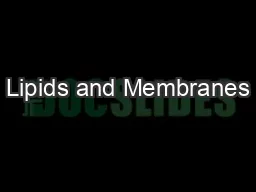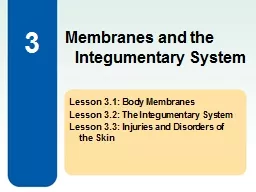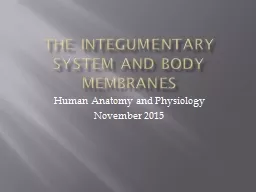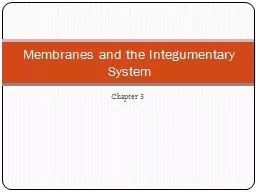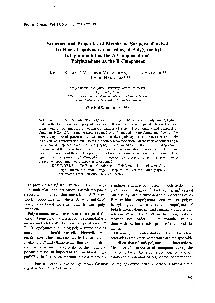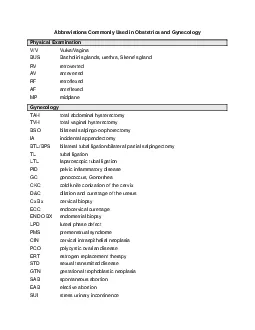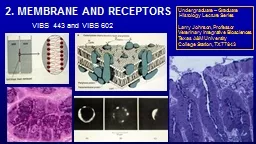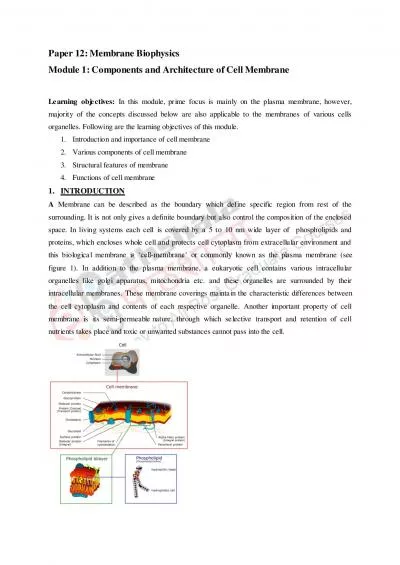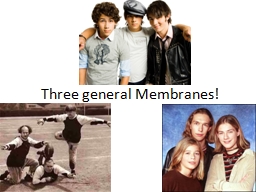PPT-Lecture 2: Molecules and Membranes
Author : karlyn-bohler | Published Date : 2017-07-21
The oldest fossils date to 3538 bya How did life originate Reductionism would suggest that the components of lifemoleculeswould have had to form first Lets meet
Presentation Embed Code
Download Presentation
Download Presentation The PPT/PDF document "Lecture 2: Molecules and Membranes" is the property of its rightful owner. Permission is granted to download and print the materials on this website for personal, non-commercial use only, and to display it on your personal computer provided you do not modify the materials and that you retain all copyright notices contained in the materials. By downloading content from our website, you accept the terms of this agreement.
Lecture 2: Molecules and Membranes: Transcript
Download Rules Of Document
"Lecture 2: Molecules and Membranes"The content belongs to its owner. You may download and print it for personal use, without modification, and keep all copyright notices. By downloading, you agree to these terms.
Related Documents

